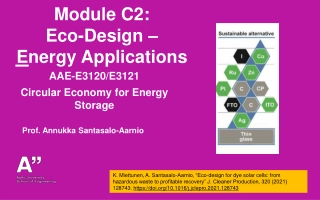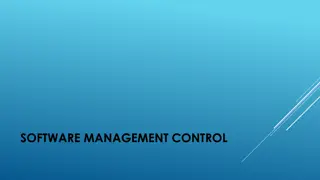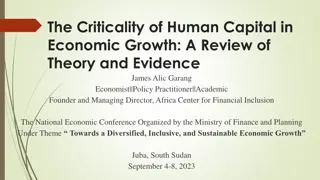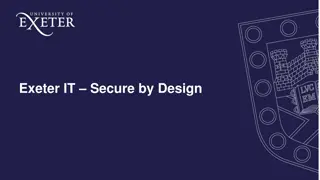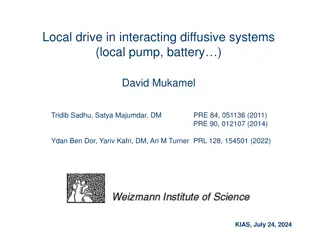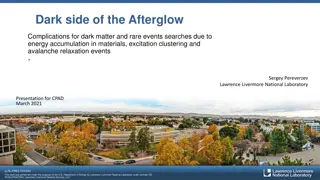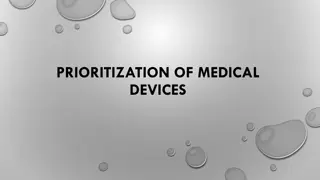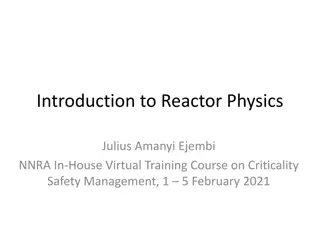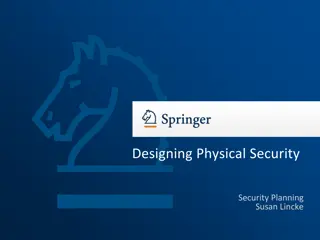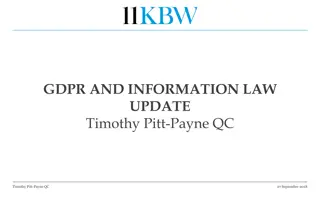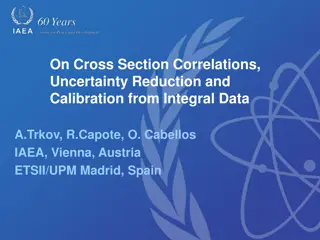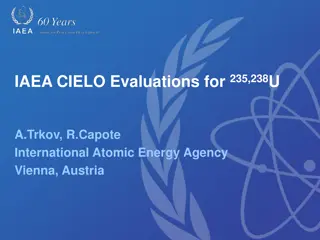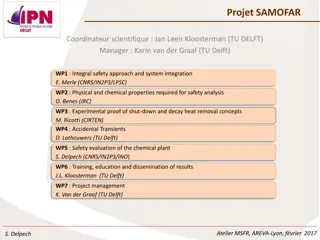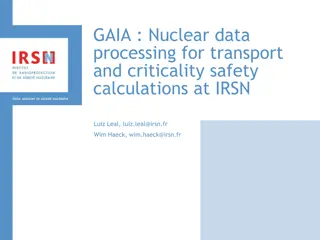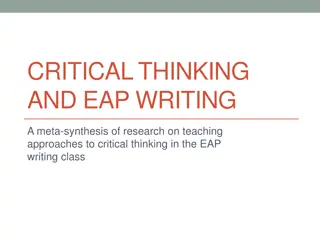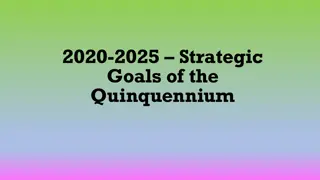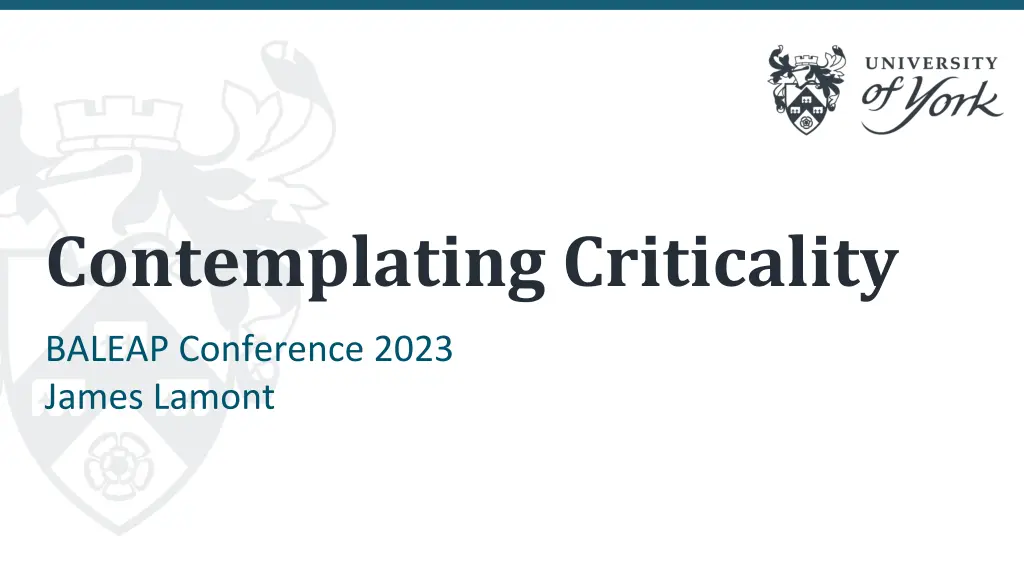
Masters Critical Thinking Challenges
Explore the complexities of teaching critical thinking to Masters students, focusing on cultural and language barriers faced by East Asian students. Discuss key questions surrounding critical thinking skills and biases in education. Share insights on methods to enhance critical thinking in academic settings.
Download Presentation

Please find below an Image/Link to download the presentation.
The content on the website is provided AS IS for your information and personal use only. It may not be sold, licensed, or shared on other websites without obtaining consent from the author. If you encounter any issues during the download, it is possible that the publisher has removed the file from their server.
You are allowed to download the files provided on this website for personal or commercial use, subject to the condition that they are used lawfully. All files are the property of their respective owners.
The content on the website is provided AS IS for your information and personal use only. It may not be sold, licensed, or shared on other websites without obtaining consent from the author.
E N D
Presentation Transcript
Contemplating Criticality BALEAP Conference 2023 James Lamont
Key Questions What are we talking about when we talk about critical thinking? What skills and dispositions are required for critical thinking? Are current ideas of criticality problematic and potentially biased against certain types of students? What are some potential solutions for these questions?
Group Discussions What experiences do you have of teaching critical thinking? What methods and approaches do you use to teach it? How can we help students overcome the challenges of CT in a new language or academic culture?
Critical Thinking in the Masters Course
Background and Rationale Critical thinking is a key skill for Masters students (QAA 2020) Often found on assessment rubrics and included on EAP/academic skills courses Commonly reported and self-reported as a weakness among East Asian students (Egtim, 2022; Liyanage et al., 2021). This may be cultural (e.g. Atkinson, 1997) or due to language struggles (Floyd, 2011; Manalo et al., 2015; Rear, 2017)
Defining Critical Thinking There is no single definition of what critical thinking is (Johnson & Hamby, 2015). Ennis (2015): reasonable reflective thinking focused on deciding what to believe or do (p.32). But what does reasonable, reflective thinking mean? Do we need a clear definition? Are descriptions of critical thinking sufficient? What about examples of critical thinking?
Critical Thinking and International Students
Critical Thinking and International Students Weaknesses in CT not limited to international students, but it is a noted problem. Two explanations: Cultural factors lead to different reasoning approaches in academic writing (Atkinson, 1997; Kaplan, 1966; Qin, 2017). Critical thinking hindered by thinking in L2 (Egtim, 2022; Floyd, 2011; Rear, 2017).
Critical Thinking as Social Practice Atkinson (1997) argues that critical thinking as expected in the Western Masters essay is more a reflection of certain traditions - what he calls a social practice By social practice, I mean the kind of behavior in which an individual is automatically immersed by virtue of being raised in a particular cultural milieu and which the individual therefore "learns . (p.73). An example is common sense (p.73). He uses the fact that we struggle to define critical thinking to support this claim - we can think critically but we don t have the language necessary to explain what we re doing. He concludes that Critical thinking is cultural thinking (p.89) - a reflection of certain values and practices socialised through traditionally elite schools.
Critical Thinking Hindered by L2 Rear (2017) conducted an interesting experiment: Two Japanese groups were prepared for a spoken debate. One group prepared in Japanese, one in English Both debates were evaluated by 3 Australian debate judges. The Japanese debate was translated into English Japanese (L1) - more sources (5.5 compared to 3.3); weaker arguments in English (e.g. We don t agree with this ). It appeared as though the English speakers minds were so preoccupied with finding the appropriate words to say, there was little mental space available for a proper consideration of argument and counter-argument. (p.11)
Skills and Dispositions Ennis (2015) identified 18 skills/abilities and 12 dispositions that make up CT. This was used as a basis for a conception of CT. A questionnaire was sent to students in Education and academic skills tutors about the key skills and dispositions required for critical thinking. 24 students, 6 tutors responded. Sample responses and word clouds on the next slides.
Skills (selection) Critical thinking skills include brainstorming, interpretation, analysis, problem -solving, creativity and innovation Combining different opinions from different authors. Ability to write logically in the essay to express their argument and counterargument. Objective analysis and evaluation of an issue from multiple perspectives without any bias The importance to seek the pros and cons along remedies for the cons Independent thinking skill Reflexion on literature into the essay diversity of thinking aspects skills in reading and writing critically
Skills (all) Created using freewordcloudgenerator.com
Dispositions (selection) Be good at communicating with other people Curiosity, thoughtfulness, inquisitiveness, not taking things at face value. being suspicious Brave, I think? Sometimes it is difficult to present our critical thinking if we are afraid of making mistake Conscientiousness, organisation skills, self-regulation, motivation, and openness. I disagree with the premise of this question. There are as many ways into criticality as there are people, so it would be wrong and potentially dangerous to pursue this association.
Dispositions (all) Created using freewordcloudgenerator.com
Conclusions from Study Interesting data - but is it useful? Does knowing the skills and abilities help our students demonstrate CT in their work? Potential for one word (critical) to be replaced by others (e.g. analysis, evaluation) without really exploring their meaning or use. More success with using successful examples of critical thinking in writing, and having students analyse it - inductive rather than deductive approach
Group Discussion Padlet What do we mean when we talk about critical thinking/criticality? How can we best convey this to students, and how can we incorporate alternative approaches? Do we even need a definition of critical thinking? Are current ideas of criticality problematic and potentially biased against certain types of students?
Group Discussion 2 We ve talked about various problems and concerns with teaching critical thinking in EAP. Now it s time for the solutions! Talk together about your experiences of teaching critical thinking in your EAP classes. What did you do that worked well? Share your experiences with your group and add them to the Padlet.
Reflection What did you gain from this session? What would you like to learn more about? What will you apply to your own teaching?
Contact james.lamont@york.ac.uk LinkedIn
References Atkinson, D. (1997). A critical approach to critical thinking in TESOL. TESOL Quarterly, 31(1), 71. Egitim, S. (2022). Do Japanese students lack critical thinking? Addressing the misconception. Power and Education, 17577438221107203. Ennis, R.H. (2015) Critical Thinking: A Streamlined Conception. in M. Davies & R. Barnett (Eds.) The Palgrave Handbook of Critical Thinking in Higher Education (pp. 31-49). Palgrave. Floyd, C. B. (2011). Critical thinking in a second language. Higher Education Research & Development, 30(3), 289 302. Johnson, R. H., & Hamby, B. (2015). A Meta-Level Approach to the Problem of Defining Critical Thinking. Argumentation, 29(4), 417 430 Kaplan, R. B. (1966). Cultural thought patterns in inter-cultural education. Language Learning, 16(1-2), 1 20 Liyanage, I., Walker, T., & Shokouhi, H. (2021). Are we thinking critically about critical thinking? Uncovering uncertainties in internationalised higher education. Thinking Skills and Creativity, 39, 100762 Manalo, E., Kusumi, T., Koyasu, M., Michita, Y., & Tanaka, Y. (2015) Do Students from Different Cultures Think Differently about Critical and Other Thinking Skills? in Davies, M. & Barnett, R. (eds) The Palgrave Handbook of Critical Thinking in Higher Education (pp. 299-316) Palgrave QAA (2020) Characteristics Statement: Masters Degree https://www.qaa.ac.uk/docs/qaa/quality-code/master's- degree-characteristics-statement.pdf?sfvrsn=86c5ca81_18 Qin, C. (2017). The Impact of Cultural Thought Patterns Upon English Writing. Cross-Cultural Communication. https://doi.org/10.3968/10144 Rear, D. (2017). The language deficit: a comparison of the critical thinking skills of Asian students in first and second language contexts. Asian Pacific Journal of Second and Foreign Language Education, 2(1), 13.

